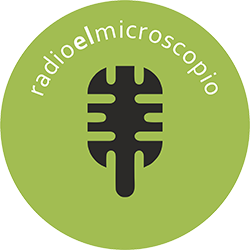Enhanced quantitative urine culture (EQUC) detects live microorganisms in the vast majority of urine specimens reported as “no growth” by the standard urine culture protocol. Here, we evaluated an expanded set of EQUC conditions (expanded-spectrum EQUC) to identify an optimal version that provides a more complete description of uropathogens in women experiencing urinary tract infection (UTI)-like symptoms. One hundred fifty adult urogynecology patient-participants were characterized using a self-completed validated UTI symptom assessment (UTISA) questionnaire and asked “Do you feel you have a UTI?” Women responding negatively were recruited into the no-UTI cohort, while women responding affirmatively were recruited into the UTI cohort; the latter cohort was reassessed with the UTISA questionnaire 3 to 7 days later. Baseline catheterized urine samples were plated using both standard urine culture and expanded-spectrum EQUC protocols: standard urine culture inoculated at 1 l onto 2 agars incubated aerobically; expanded-spectrum EQUC inoculated at three different volumes of urine onto 7 combinations of agars and environments. Compared to expanded-spectrum EQUC, standard urine culture missed 67% of uropathogens overall and 50% in participants with severe urinary symptoms. Thirty-six percent of participants with missed uropathogens reported no symptom resolution after treatment by standard urine culture results. Optimal detection of uropathogens could be achieved using the following: 100 l of urine plated onto blood (blood agar plate [BAP]), colistin-nalidixic acid (CNA), and MacConkey agars in 5% CO2 for 48 h. This streamlined EQUC protocol achieved 84% uropathogen detection relative to 33% detection by standard urine culture. The streamlined EQUC protocol improves detection of uropathogens that are likely relevant for symptomatic women, giving clinicians the opportunity to receive additional information not currently reported using standard urine culture techniques.
Authors: Travis K. Price,a Tanaka Dune,b Evann E. Hilt,a Krystal J. Thomas-White,a Stephanie Kliethermes,c Cynthia Brincat,b,d Linda Brubaker,b,d Alan J. Wolfe,a Elizabeth R. Mueller,b,d Paul C. Schreckenbergere
Department of Microbiology and Immunology, Stritch School of Medicine, Loyola University, Chicago, Illinois, USAa ; Department of Obstetrics & Gynecology and Urology, Loyola University Medical Center, Maywood, Illinois, USAb ; Departments of Medicine and Public Health Sciences,c Department of Obstetrics & Gynecology and Urology,d and Department of Pathology,e Stritch School of Medicine, Loyola University Chicago, Maywood, Illinois, USA















































